13 of the most impressive professors at Stanford
Adam Johnson is a Pulitzer-prize winner for fiction.

Fei-Fei Li is director of the Artificial Intelligence Lab at Stanford.
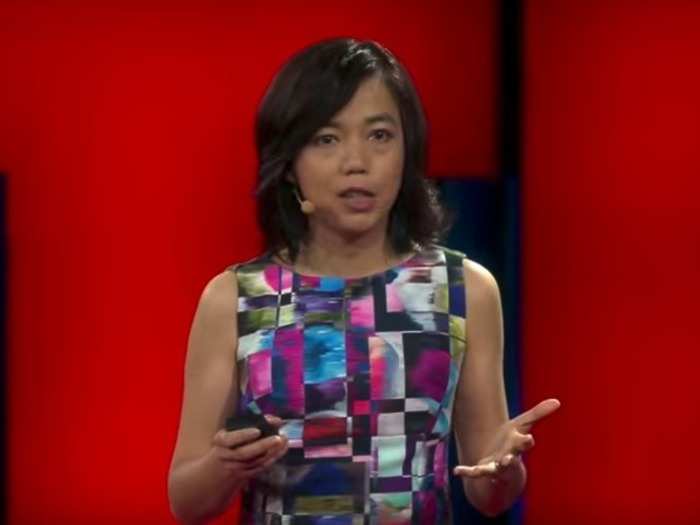
Started at Stanford: 2009
Dr. Li, an associate professor of computer science and director of the Stanford Artificial Intelligence Lab, will lead the new $25 million partnership between Stanford and Toyota (the SAIL-Toyota Center for AI Research). Under her guidance and in collaboration with MIT, the center will first focus on AI-assisted driving.
Li is also the director of the Stanford Vision Lab which explores issues in computer and human vision. In March, Li led a TED talk describing the way we teach computers to understand pictures just as humans do. She's also involved in the country's first AI summer camp for girls at Stanford (SAILORS).
Jennifer Eberhardt teaches about improving race relations.
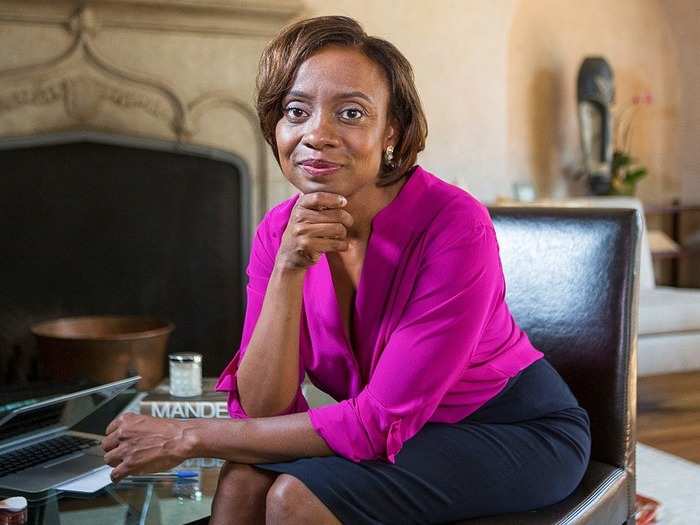
Started at Stanford: 1998
Dr. Eberhardt is an associate professor of social psychology at Stanford. She studies and teaches about the ways people judge and profile others based on race and inequality in the context of crime.
Eberhardt, a 2014 MacArthur "Genius" Fellow, works with law enforcement officials to apply her findings, improving police policies and helping to build trust within the communities they serve. Eberhardt is also co-director of SPARQ, a Stanford initiative that uses psychological findings to address social issues.
Karl Deisseroth's medical discovery is used in labs around the world.
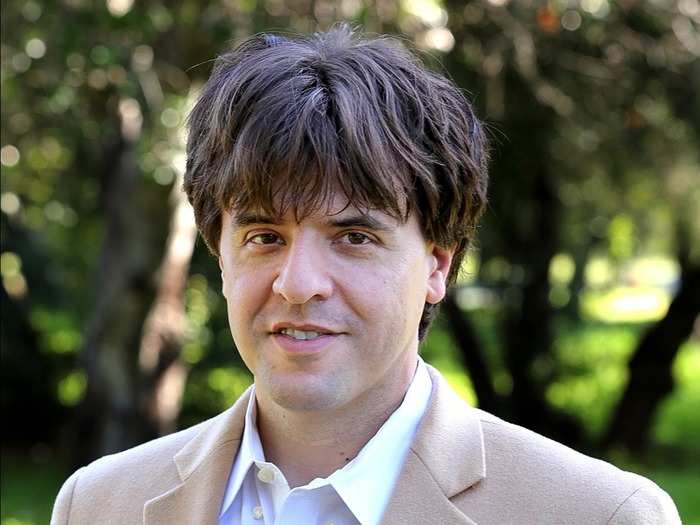
Started at Stanford: 2004
Dr. Deisseroth teaches bioengineering, psychiatry, and behavioral science at Stanford. His decade-long dedication to optogenetics – using light to control the brain – has earned him the 2014 Keio prize in medicine and inspired labs around the world to employ his method to better understand mental health conditions of the brain.
Deisseroth is also a physician in the psychiatry department at Stanford where he tests techniques in electromagnetic brain stimulation as a means of therapy in human patients. He's a member of both the Institute of Medicine and the National Academy of Sciences.
Manu Prakash fashioned a high-tech origami microscope.
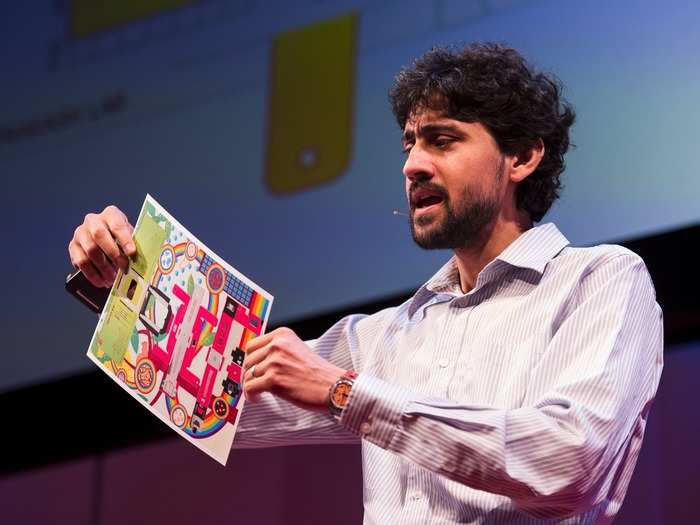
Started at Stanford: 2011
Dr. Prakash is an assistant professor of bioengineering whose microscope creation can be built in 10 minutes with manufacturing costs under $1. Foldscope is a portable microscope that Prakash hopes will be a tool for sparking curiosity through “frugal science." Three years ago, Prakash gave a talk on the invention at TED Global that now has more than 1.5 million views.
Popular Science named Prakash one of the "Brilliant Ten in 2014" in science and engineering for his ingenuity. He was also an invited participant to the first-ever White House Makers Faire last year.
Maryam Mirzakhani is the first woman to win the "Nobel Prize of mathematics."
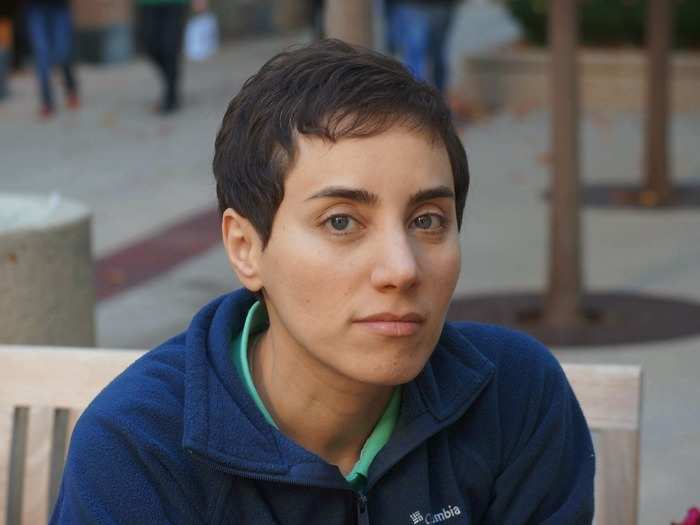
Started at Stanford: 2008
Dr. Mirzakhani, a professor of mathematics at Stanford, received a Fields Medal – the most prestigious award in mathematics – in 2014, making her the first woman to be awarded the prize in its near 80-year history.
Mirzakhani studies and teaches about shapes and surfaces in several fields of abstract mathematics. She tackles important questions by taking novel approaches to the problems that other mathematicians have said is nothing short of "truly spectacular." The Iran-born professor is a true scholar – she holds a Ph.D. from Harvard and spent four years as an assistant professor at Princeton before coming to Stanford.
Philip Zimbardo led the infamous Stanford prison experiments.

Started at Stanford: 1968
Dr. Zimbardo is perhaps best known for his popular-PBS series Discovering Psychology and his controversial 1971 prison experiment that's the subject of an award-winning film and best-selling book. Zimbardo now examines the psychology of heroism as founder and director of the Heroic Imagination Project and professor Emeritus at Stanford.
Zimbardo teaches both formally and informally and continues to explore the psychology of evil, time, and madness. He has published more than 50 books and 400 trade and text publications. His three TED talks collectively have 7.6 million views.
Raj Chetty is a top American economist.
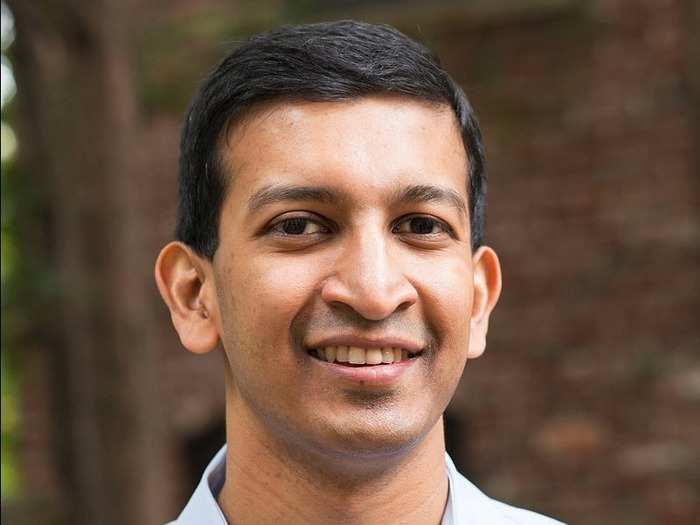
Started at Stanford: 2015
Dr. Chetty joined the faculty at Stanford this summer as a professor of economics from Harvard University where he was one of the youngest tenured professors in the history of the department. His current research asks how we can afford the chance of succeeding to disadvantaged children around the world – he calls it the equality of opportunity.
Chetty has been named one of the top economists in the world by The New York Times and Economist magazine. At 33 he became the youngest recipient of the John Bates Clark Medal as one of the most promising economists under 40. He was also a MacArthur "Genius" Fellow in 2012.
Tina Seelig teaches a class called "Creativity Rules."
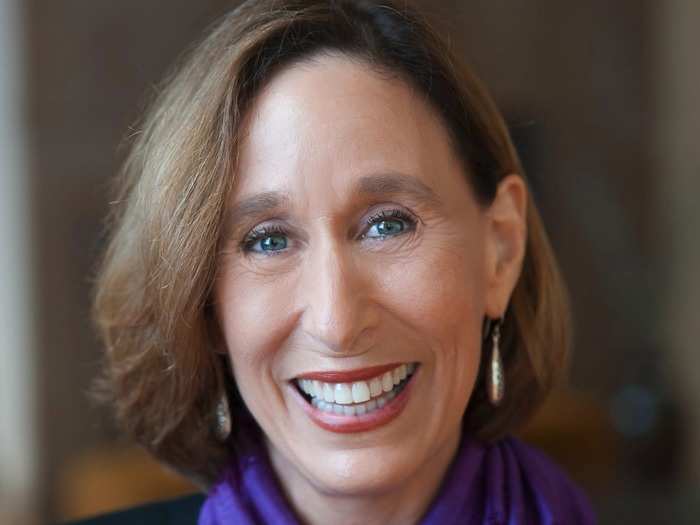
Started at Stanford: 1999
Dr. Seelig is professor of the practice in the department of management science and engineering. She's also executive director of the Stanford Technology Ventures Program (STVP) where she inspires the next generation of entrepreneurs and innovators. This quarter she's teaching several classes including a management science and engineering course commonly referred to as "Creativity Rules."
Seelig is the author of several books on innovation and creativity including "inGenius: A crash course on creativity" and the 2015 release "InsightOut." Last year she was honored with the SVForum Visionary Award for her dedication to “refining problems, challenging the assumptions and connecting and combining ideas.”
Tobias Wolff was presented a national medal by Obama this year.
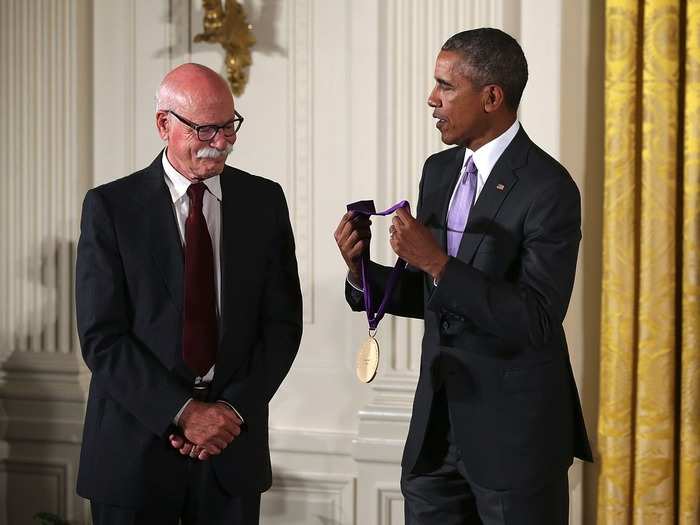
Started at Stanford: 1997
Wolff, professor Emeritus of English at Stanford, was presented a National Medal of the Arts – the highest award given to artists by the federal government – at The White House in September. Last year, the Stanford Daily listed him as the school's No. 1 professor reporting that "students clamor to get into his classes," his most popular titled "Thinking Matters."
He's on leave from the University this quarter but will return in the winter to teach in the creative writing department. Wolff's career spans decades and includes reporting for The Washington Post during Watergate and receiving the PEN/Faulkner award for fiction writing.
W.E. Moerner won the 2014 Nobel Prize in Chemistry.
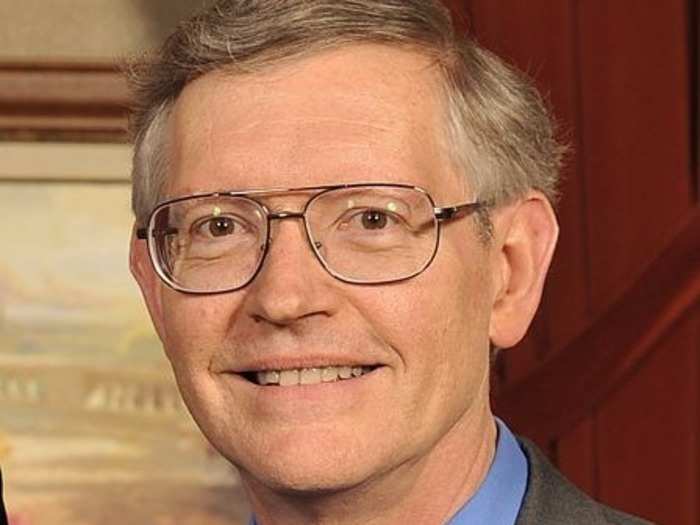
Started at Stanford: 1998
Dr. Moerner, professor of chemistry at Stanford, has made groundbreaking discoveries regarding the observation of molecules at their most basic level. Due to demands of the Nobel Prize this year, Moerner will return to Stanford next fall to teach an accelerated general chemistry course.
His advancements in super-resolution microscopy have earned him a spot as the fifth Stanford faculty to be awarded the Nobel Prize in the past three years. Prior to teaching, Moerner worked at IBM where he became the first person to image a single molecule while investigating biological data storage.
Yoav Shoham just sold his second startup to Google.
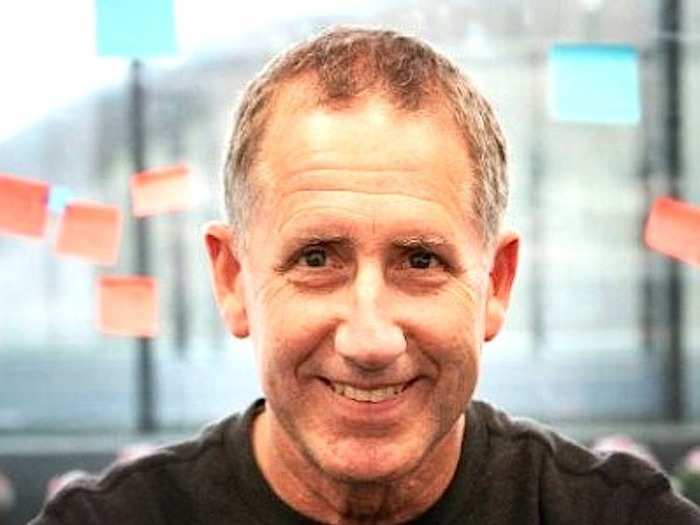
Started at Stanford: 1987
Dr. Shoham, professor of computer science at Stanford, is an expert in artificial intelligence and "principal Google scientist," according to his LinkedIn page. He teaches courses at Stanford that cover multiagent systems and intelligence and logics.
Shoham is interested in the crossroads of computer science and game theory a.k.a. the study of strategic decision making. His smart calendar application, Timeful, was acquired by Google in April after raising $7 million from investors, making it his second sell to the company in five years.
Zhenan Bao created electronic skin that functions like a human's.
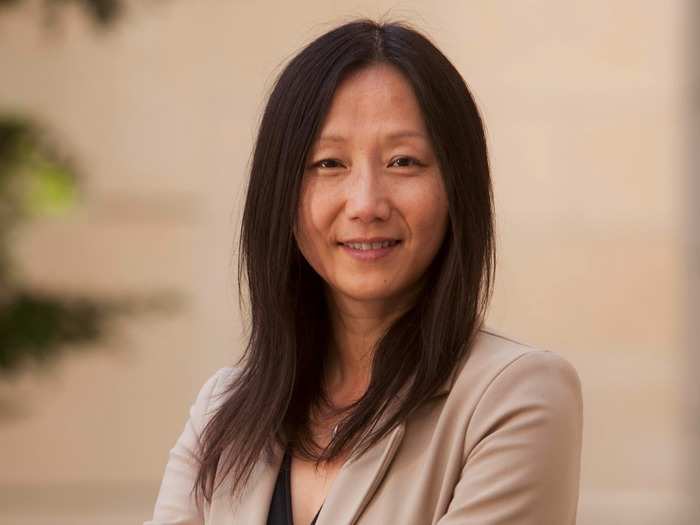
Started at Stanford: 2004
Dr. Bao, professor of chemical engineering, and her team have been investigating and improving "e-skin" since 2008. The paper-thin yet strong and flexible skin-like material is designed to function just as human skin does. Bao is on sabbatical this quarter but will return next quarter to teach Equilibrium Thermodynamics.
She's director at Bao Research Group where she hopes their findings will lead to a new generation of robots and prosthetics that enable touch. The American Institute of Chemical Engineers honored Bao with the Andreas Acrivos Award for Professional Progress in Chemical Engineering in 2014. She's also a co-founder and on the Board of Directors for C3 Nano, a startup based on her research.
Popular Right Now
Popular Keywords
Advertisement